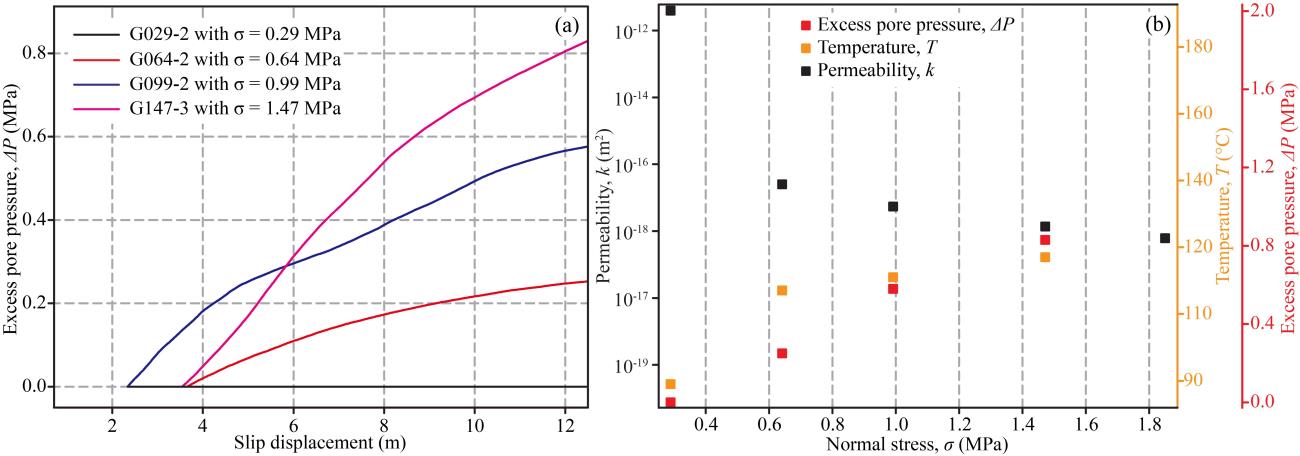Rock avalanche is a geo-disaster of extremely destructive. The most significant characteristics of rock avalanche involve enormous volumes (from millions to trillions cubic meter), extremely high-speed (213 m/s and 278 m/s as examples), unpredictable run-out. The volume effect of rock avalanche, which means the larger the avalanche volume, the faster the avalanche travelled and the longer of its run-out distance, was found by Heim (a 27 years old Australia geologist) during the field investigation of Elm rock fall-debris avalanche that happened in 1881. The statistics data of worldwide landslide shows that the fahrboschung of rock avalanche belongs to 0.1-0.3, obviously lower than that obtained in static shear test (0.6-0.8). The volume effect is a puzzle to scientist of landslide dynamics regime and is a hot-topic for scientists.
Based on the fact that “the thickness of the landslide is proportional to its volume, so the volume effect can be analyzed by the behavior of the basal facies of landslide under its overlying load”, Dr. Wang Yufeng of Southwest Jiao-tong University, together with Prof. Cheng Qiangong, Prof. Dong Jiajun of Chentral University of Taiwan, designed and carried out a series of rotating shear experiments on the samples taken from the basal facies of the Yigong landslide deposit in Tibet, China, with the help of the internationally advanced rotate machine. The following conclusions and understandings were obtained:
(1) as normal stress increases, the steady state apparent friction coefficient (μss) of the soil decreases, indicating a normal stress-dependent feature of μss; (2) the higher the normal stress, the lower the decay rate of μss; (3) water vaporization induced by frictional heating is commonly observed in the tests accompanied by large decreases in μss, and excess pore pressure is generated in the shearing zones of the samples due to vapor accumulation; and (4) with increases in normal stress and decreases in soil permeability, an increasing feature of excess pore pressure is reached. Based on the experimental results, it was proposed that the coupled effects of water vaporization induced by frictional heating in avalanche basal facies and depth-dependent permeability of avalanche basal facies should be contributed to the volume effect of rock avalanches.
This research results have recently been published on the internationally renowned Nature Index journal JGR-Solid Earth. Because that the results have achieved a semi-quantitative study on the long-standing unresolved scientific problem of the volume effect of rock avalanche, revealing the intrinsic dynamic mechanism of the volume effect of landslide, which is highly evaluated by reviewers: “My feeling is that the set of experiments and results presented by Wang et al in this manuscript are an original contribution to the field and form a milestone in the study of large run-out rock flows Hence I recommend publication in JGR-Solid Earth.”








